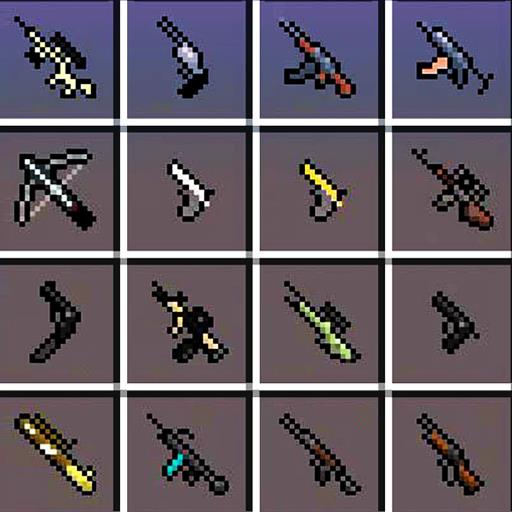"Easy Guide: Building a Mob Farm in Minecraft"
In the world of *Minecraft*, a mob spawner is as crucial as a farm or a villager trading system. Here's a comprehensive guide on how to create an efficient mob farm in *Minecraft*.
How to Create a Mob Farm in Minecraft
Step 1: Collect Resources
To start building your mob farm, you'll need a substantial amount of blocks. Cobblestone and wood are ideal choices due to their abundance and ease of collection. Gather these materials to ensure you have enough for the construction.
Step 2: Find a Place to Build the Spawner
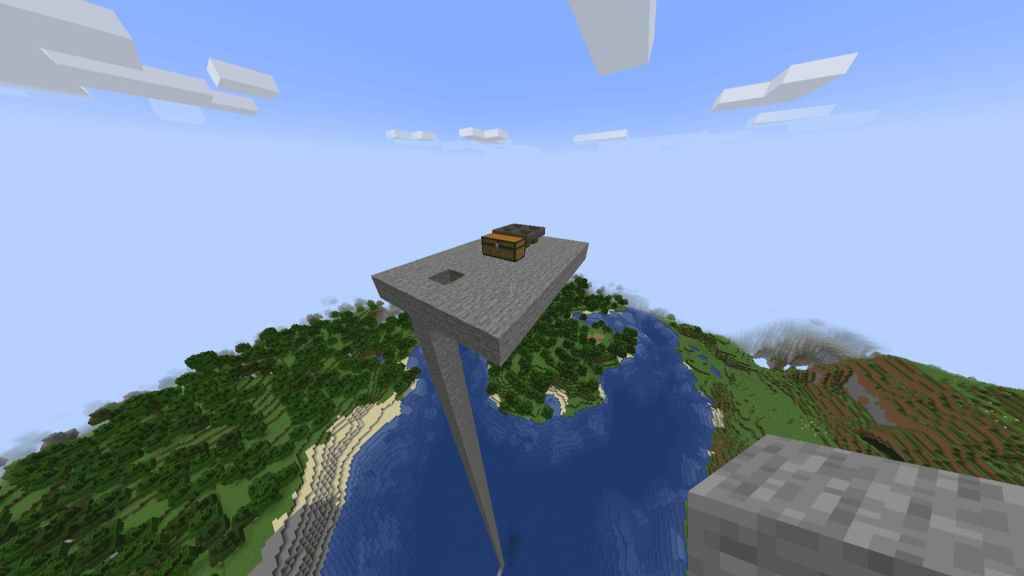
Begin by building across a body of water, then ascend about 100 blocks. Create a small platform for standing and add ladders for easy access. Finally, place a chest and connect it to four hoppers as shown in the image.
Step 3: Build the Main Tower
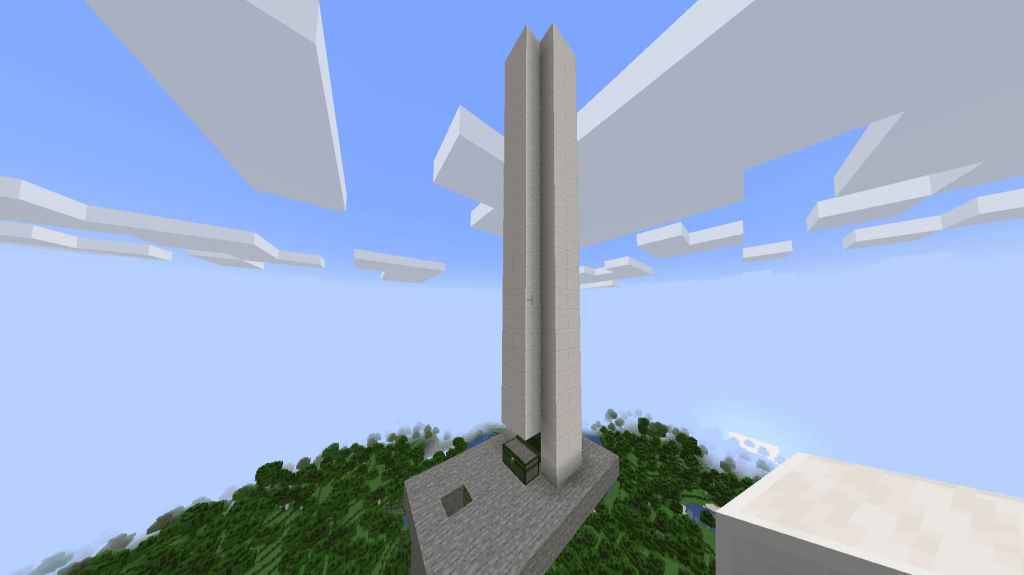
Step 4: Build the Water Trenches
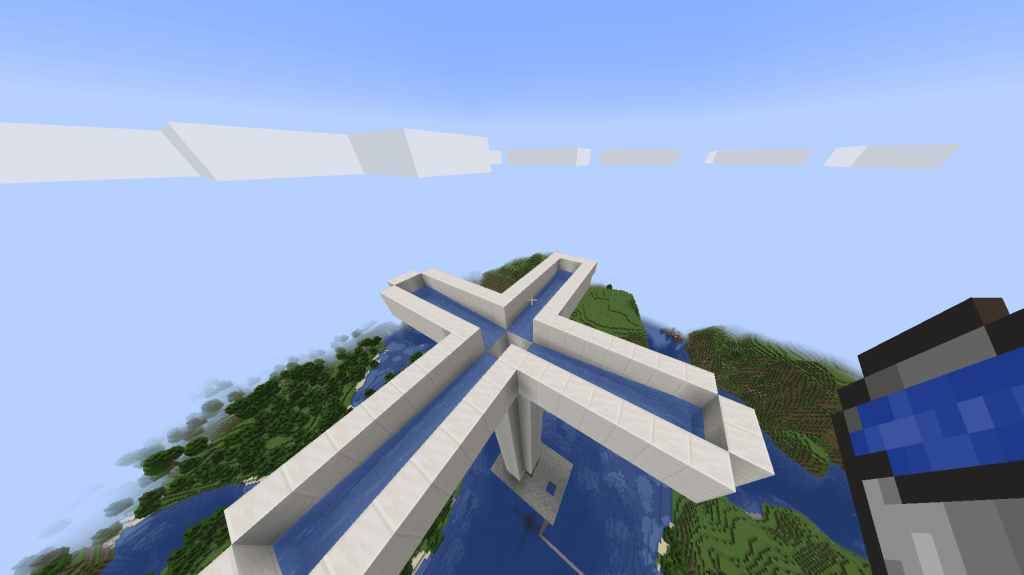
Step 5: Laying out the Structure and Filling Everything Up
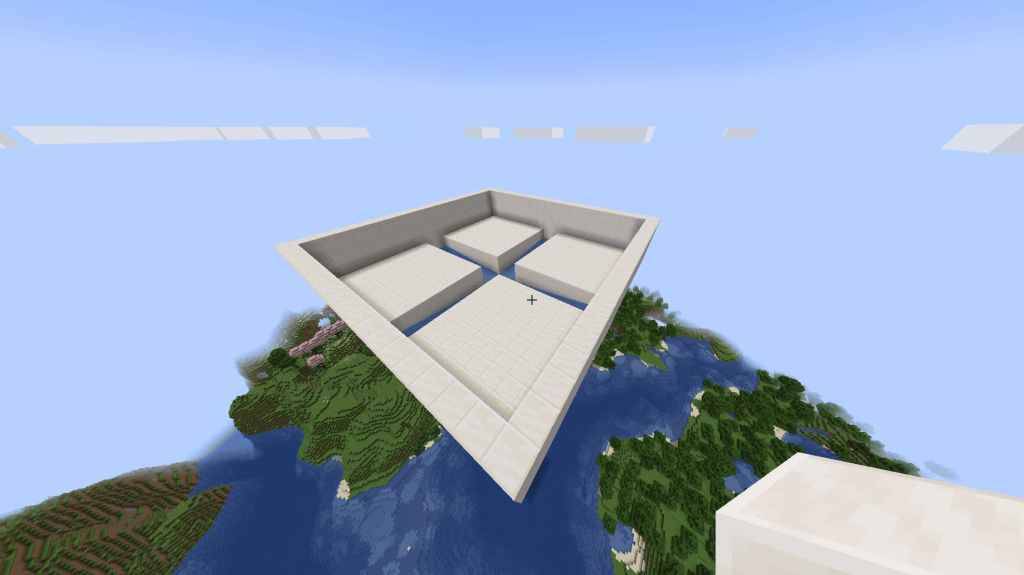
Step 6: Adding Torches and Slabs
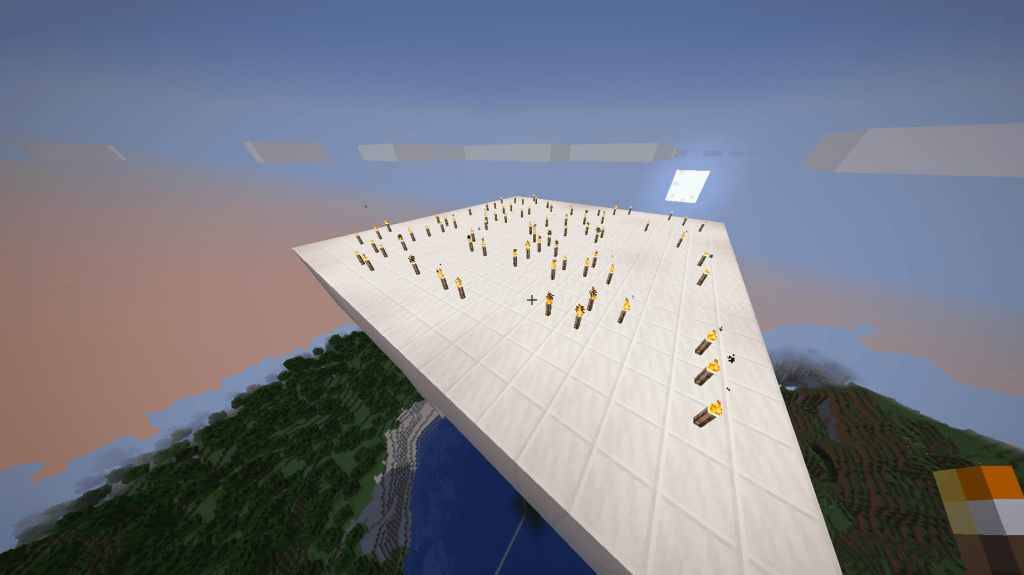 Finalize your mob spawner by placing torches and slabs on the roof. This prevents mobs from spawning on top of the structure. Once done, descend, wait for nightfall, and watch as mobs fall into your trap.
Finalize your mob spawner by placing torches and slabs on the roof. This prevents mobs from spawning on top of the structure. Once done, descend, wait for nightfall, and watch as mobs fall into your trap.
Tips to Make the Mob Spawner in Minecraft More Efficient
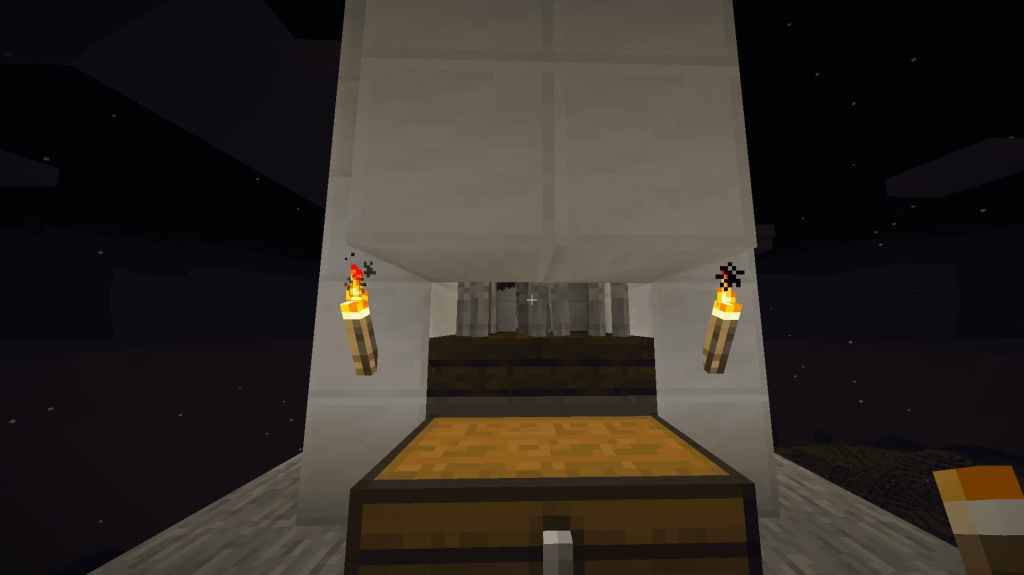 With the basic mob spawner complete, consider these enhancements to boost its efficiency:
With the basic mob spawner complete, consider these enhancements to boost its efficiency:
Connect a Nether Portal
Link a Nether Portal to your mob spawner to avoid the tedious climb up and down. Alternatively, a water elevator can serve the same purpose.
Add Pistons to Easily Switch Between XP and Farming
The tutorial suggests a 21-block high tower for XP farming, where mobs fall but don't die, allowing for one-hit kills. For an auto farm, extend it to 22 blocks to kill mobs instantly. Use pistons to switch between these modes effortlessly with a lever.
Add a Bed to Increase Spawn Rates
Placing a bed near your mob spawner can increase the spawn rate of mobs, making your farm more productive.
Place Carpets to Prevent Spiders
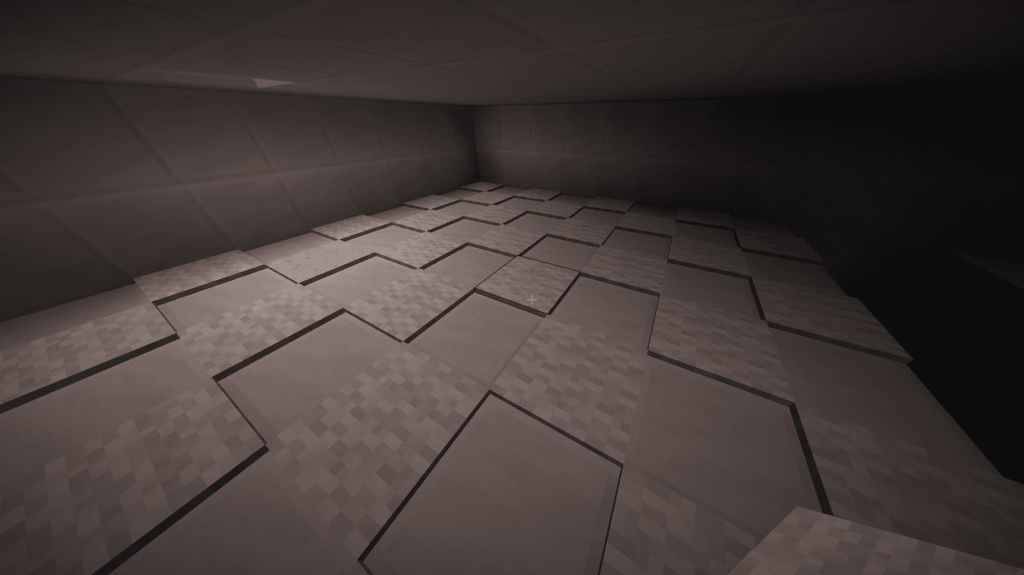 Spiders can be problematic as they cling to walls instead of falling into the trenches. To prevent this, place carpets in a pattern (one carpet, skip a block, another carpet) across the spawn area. This setup stops spiders from spawning while allowing other mobs to spawn normally.
Spiders can be problematic as they cling to walls instead of falling into the trenches. To prevent this, place carpets in a pattern (one carpet, skip a block, another carpet) across the spawn area. This setup stops spiders from spawning while allowing other mobs to spawn normally.
And that's how you can create and optimize a mob farm in *Minecraft*.
*Minecraft is available now on PlayStation, Xbox, Nintendo Switch, PC, and mobile.*
-
The wait is finally over! The Brave New Season has arrived, bringing a wave of exciting updates, including Sam Wilson taking up the mantle of Captain America, the introduction of new cards, the highly anticipated Mastery system, and a brand-new temporary game mode packed with rewards. Let’s dive intAuthor : Skylar Apr 13,2025
-
Javier66, a dedicated modder, has unveiled an exciting new modification for *Kingdom Come: Deliverance II*. This mod introduces the ability to effortlessly switch between first-person and third-person perspectives, enhancing the game's immersive experience. Players can now explore the detailed medieAuthor : Penelope Apr 13,2025
-
 DeepTSimulationDownload
DeepTSimulationDownload -
 Escape Games: Cartoon Room 3Download
Escape Games: Cartoon Room 3Download -
 FNF Music ShooterDownload
FNF Music ShooterDownload -
 Joy Painting - Color by NumberDownload
Joy Painting - Color by NumberDownload -
 Candy Story - Match 3 ManorDownload
Candy Story - Match 3 ManorDownload -
 Tabla Launchpad HDDownload
Tabla Launchpad HDDownload -
 attack on titan character quizDownload
attack on titan character quizDownload -
 Alien Zone PlusDownload
Alien Zone PlusDownload -
 Pure Sniper: Gun Shooter Games ModDownload
Pure Sniper: Gun Shooter Games ModDownload -
 Math Number: Cross Math PuzzleDownload
Math Number: Cross Math PuzzleDownload
- Disney Mirrorverse Announces EOS By The End Of This Year
- Top Classic Board Games for 2025
- The New AMD Ryzen 7 9800X3D Is the Best Gaming CPU, and It's Back in Stock on Amazon and Best Buy
- WoW Patch 11.1: Character Customization Update, Restrictions Apply
- Whip Up Delish Food In The Play Together x My Melody & Kuromi Crossover!
- "Tower of God New World Unveils Exciting 1.5th Anniversary Update"











